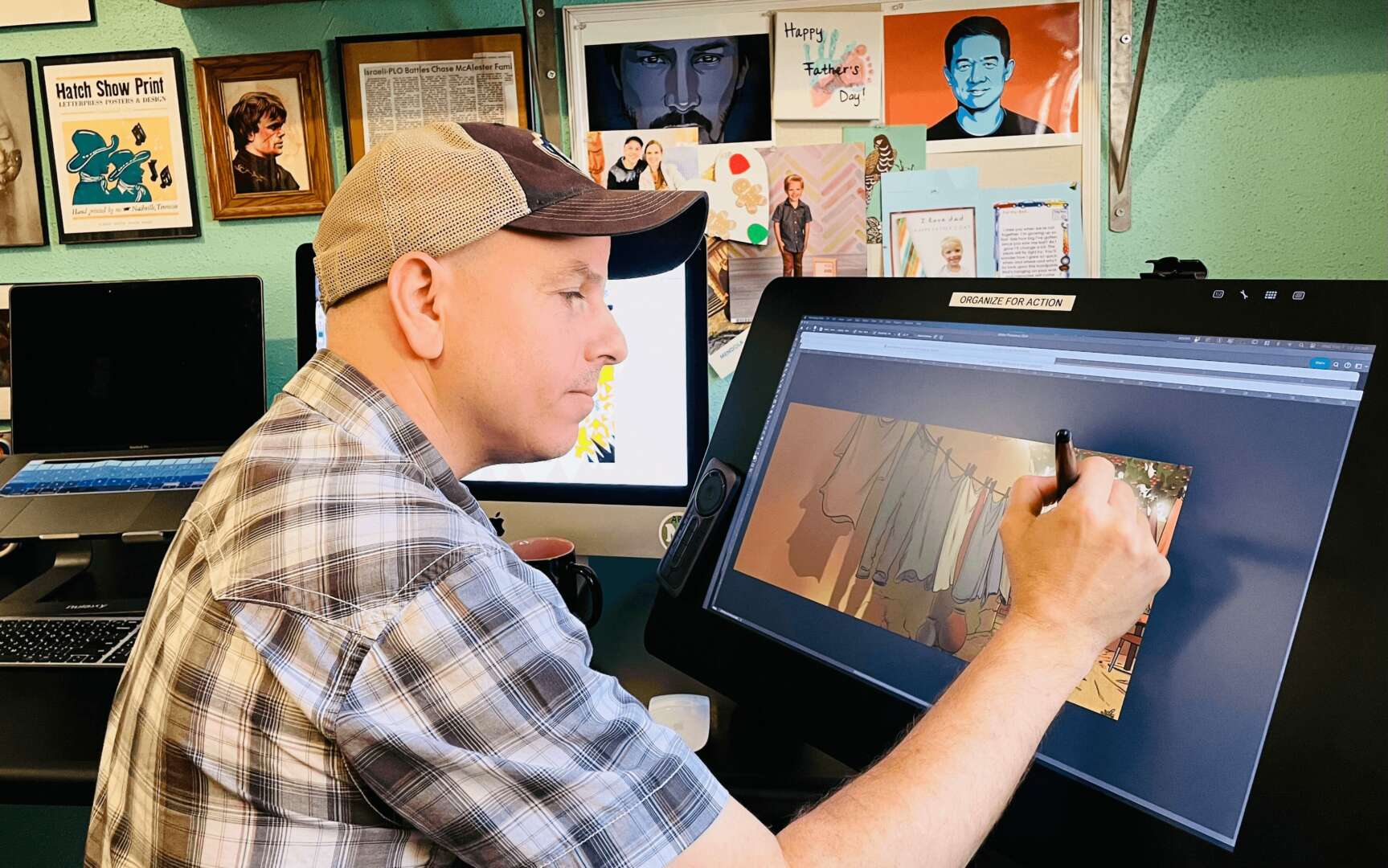We were lucky to catch up with Aaron Sacco recently and have shared our conversation below.
Alright, Aaron thanks for taking the time to share your stories and insights with us today. Can you talk to us about a project that’s meant a lot to you?
One of the most meaningful projects I have had the opportunity to work on was a documentary film called “Tower” by Keith Maitland which was released in 2016. It was a story about the first school shooting that happened in 1966 at University of Texas at Austin. What made it both unusual and powerful as a film, was that it didn’t focus on, celebrate or even seek to understand the shooter – he was barely in it. What it focused on instead, was the experience of the people on the ground, and the unlikely heroes who responded in the moment to help others, despite grave danger to themselves.
The film consists of archival footage, interviews and narration by survivors, and mostly rotoscope animation, to bring their stories to life in an impactful and visceral way. I worked on the latter part as the lead animator. If you’re unfamiliar with the term, rotoscope animation is an age-old animation technique, where the director live-action films actors performing and then animators use the footage as a reference, to paint-over by hand, to capture realistic motion and performance. Examples of this technique was used in Disney’s Snow White in 1925 when they are dancing, and some folks might remember the cult-classic “A Scanner Darkly” directed by Richard Linklater, from 2006, which was entirely rotoscope animated.
One of the central stories within the film, was about Claire Wilson James who was an eight-month pregnant student who was shot through the belly. Her boyfriend who was standing next to her was shot and killed moments later. After laying in the blistering heat for a long time, a UT student, who still lives in Austin, John “Artly” Fox, rescued her with a classmate. He never saw her again until this film was made and they were reunited for an emotional interview, which is in the film. During the film’s premiere, I was surprised to realize I was sitting right right behind them, and heard their reactions and tears throughout the film. It was incredibly moving. I got to speak with Artly briefly afterwards and he paid us the highest compliment, when he said that after a short while he forgot it was animation. To me, that showed we had done our jobs and gotten out of the way of this powerful story. I remember they asked Claire at the end of the film if she forgave the shooter for killing her unborn child and boyfriend, and to my surprise, she said yes. She continued that God had forgiven her so much, how could she not forgive him. As a christian, the power of those words really stuck with me.
So often people think of animation as an art form for children. I think this film showed to a lot of people, that it can be a diverse and powerful medium, able to tackle even the most serious and dramatic subject matter as well.
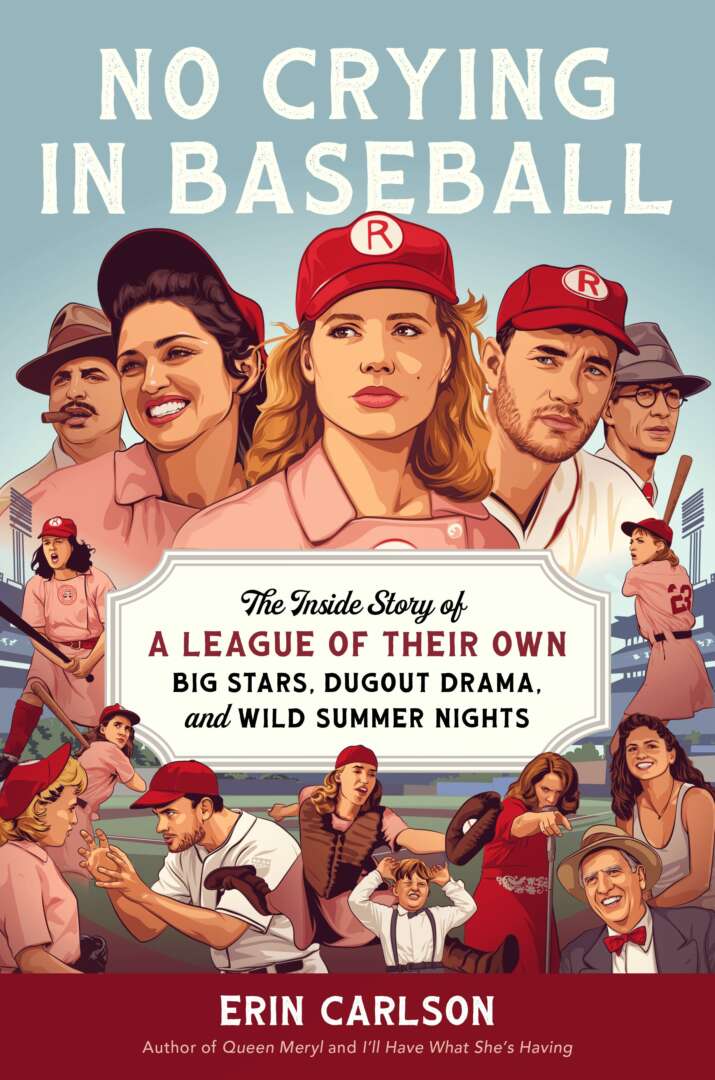

Great, appreciate you sharing that with us. Before we ask you to share more of your insights, can you take a moment to introduce yourself and how you got to where you are today to our readers.
I was born in Beirut, Lebanon in 1979 to missionary parents and grew up there during the war. Then we evacuated to the island of Cyprus and I lived 10 years there. From a young age, I was always passionate about art. In high school, all the students had to complete a senior project in the field they wanted to pursue, and I made a comic book. I went on to study graphic design at Baylor University, as a fall back plan, and took as many illustration and painting classes as I could.
After graduation, a friend sent me a job listing he found in the Austin Chronicle, looking for artists and animators to work on a Richard Linklater film “A Scanner Darkly.” It had an incredible cast of Keanu Reeves, Winona Ryder, Woody Harrelson and Robert Downey Jr and was based on a book by legendary sci-fi author Philip K Dick (think blade runner). I was a big fan of “Waking Life” in college, so I was thrilled when I was hired. It was an amazing experience working with some of the most talented artists I’ve ever met, and ultimately it launched my freelance career working in illustration and animation these past 19 years now.
Since then I’ve worked on several animated films and series, including season one of Amazon’s “Undone,” the “Tower” documentary, and Richard Linklater’s “Apollo 10 1/2” on Netflix. My illustration work is represented by Mendola Artists in New York, where I create illustrations for commercial purposes, magazines, book covers, etc. Some may also remember some animated Charles Schwab commercials that I also worked on in the early 2000s.
Recently, I finished my first children’s book with writer Elayne Palmer called “Jameel’s Plan.” Its all about the resiliency of children and the value of learning in war torn places. Something I could relate to. Elayne worked in Gaza. It’s available for pre-order on Amazon and at Barnes & Noble.
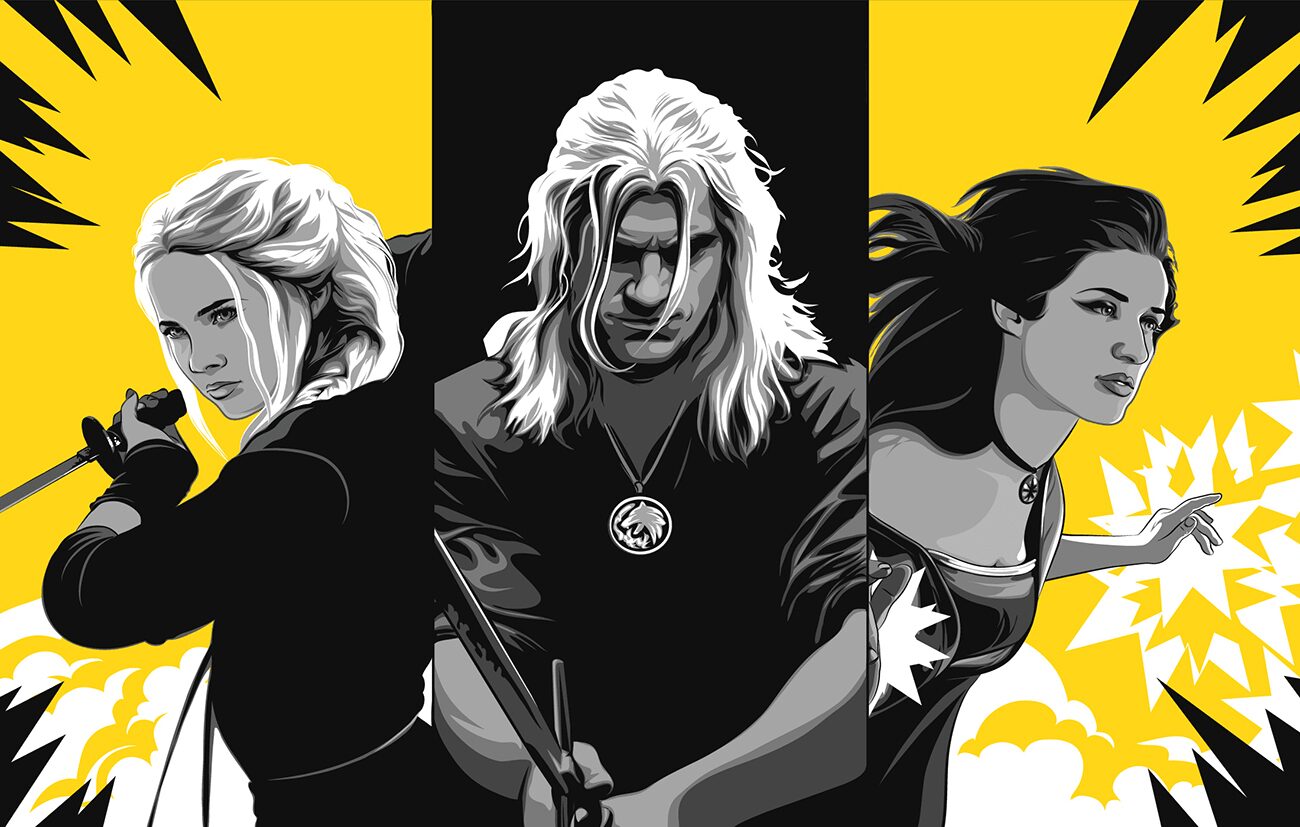
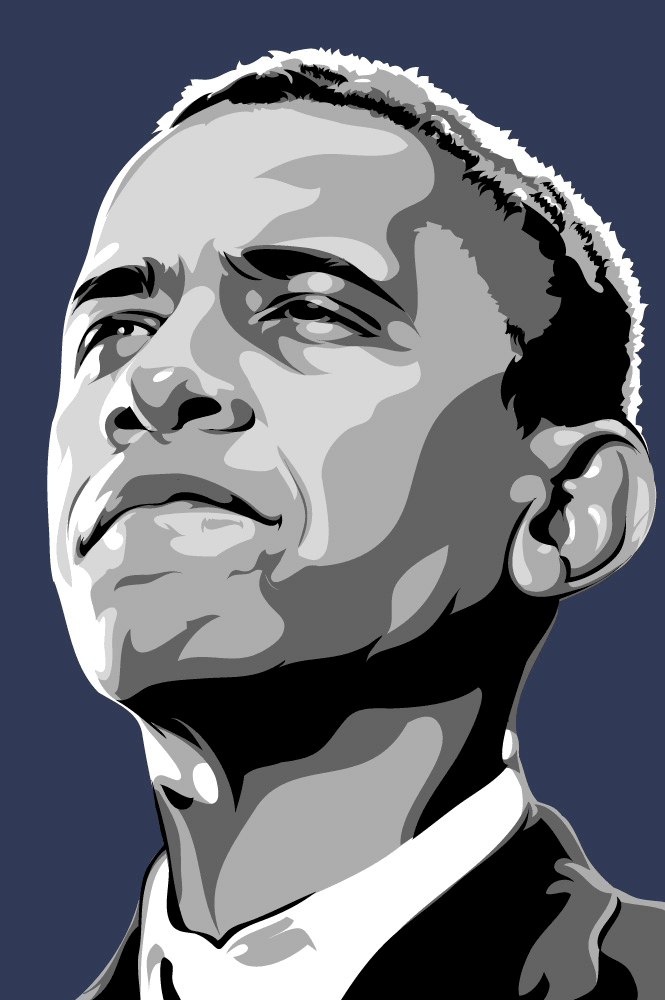
Looking back, are there any resources you wish you knew about earlier in your creative journey?
There are so many online resources available to aspiring artists that weren’t available when I was first starting out. My favorite is probably Schoolism. For a reasonable fee, you get classes from some of the industry’s top talent in illustration, animation, 3D, concept art etc. I’m always pushing myself to learn new skills and techniques, and this fits in around my work and family schedule.
As far as books go, there are so many. For figure drawing study, I recommend the Morpho series by Michel Lauricella. They are nice small books you can easily carry and are loaded with useful information. The Animator’s Survival Kit by Richard Williams is great for budding animators. For composition in art, Picture This by Molly Band and Framed Ink by Marcos Mateu-Mestre.

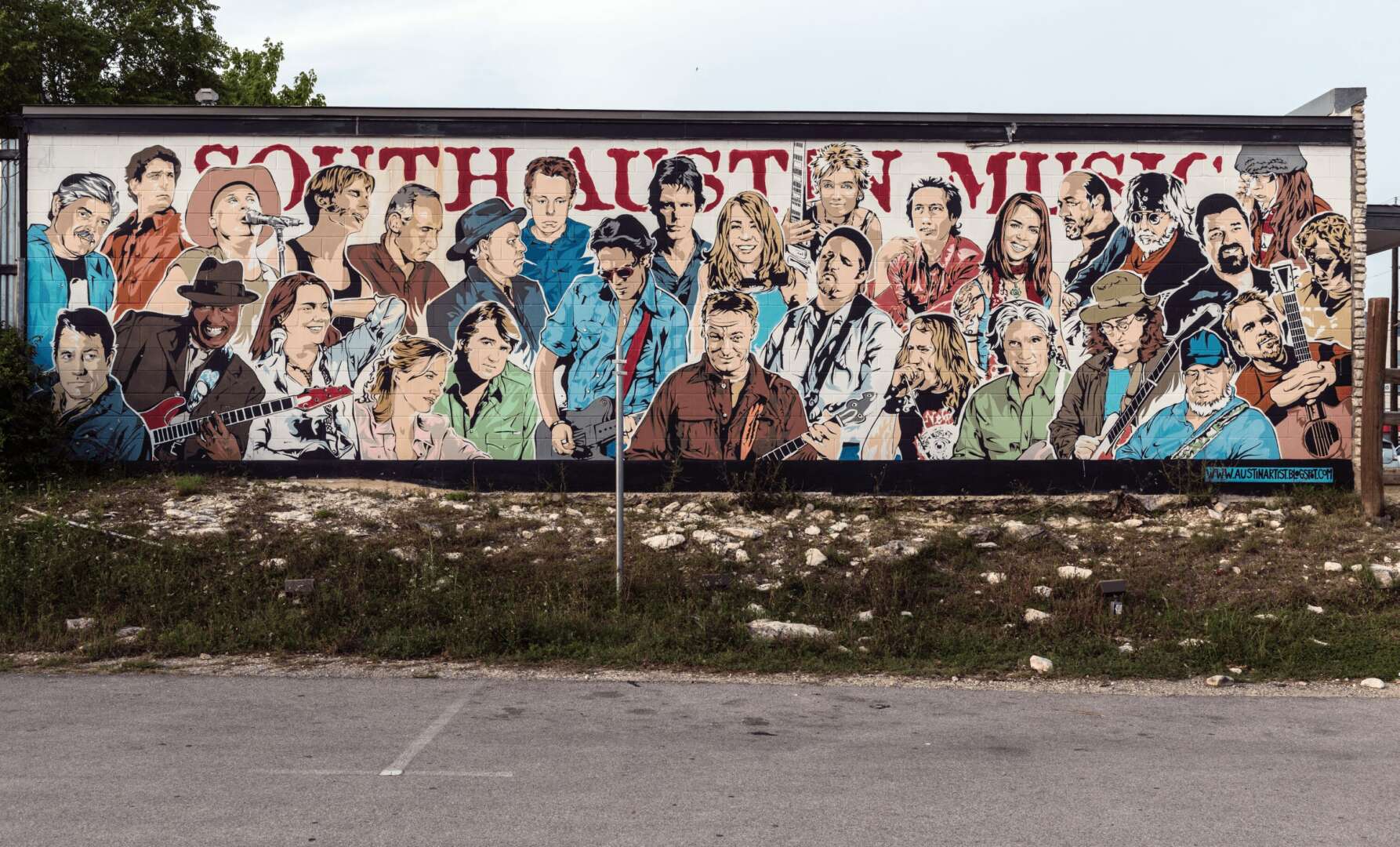
Let’s talk about resilience next – do you have a story you can share with us?
Sprinkled throughout my career, there have been challenging times when work has slowed, especially after a long animation project. You have to put yourself out there and continually be creative about marketing yourself. After that first movie project I did (A Scanner Darkly), we had an art show to promote the artists here in Austin. We called it Beyond Scanner and I used to keep the sign on my wall afterwards, to remind myself daily that the project was a stepping stone and not the end as some artists on the project feared. I’ve found that growth is often uneven, not a straight line up as we expect. Sometimes it’s challenging to find that next project, and you have think of it as a challenge and opportunity for growth.
Contact Info:
- Website: https://www.aaronsacco.com
- Instagram: https://www.instagram.com/aaronsacco
- Linkedin: https://www.linkedin.com/in/aaron-sacco-b124438/
- Other: https://cara.app/aaronsacco

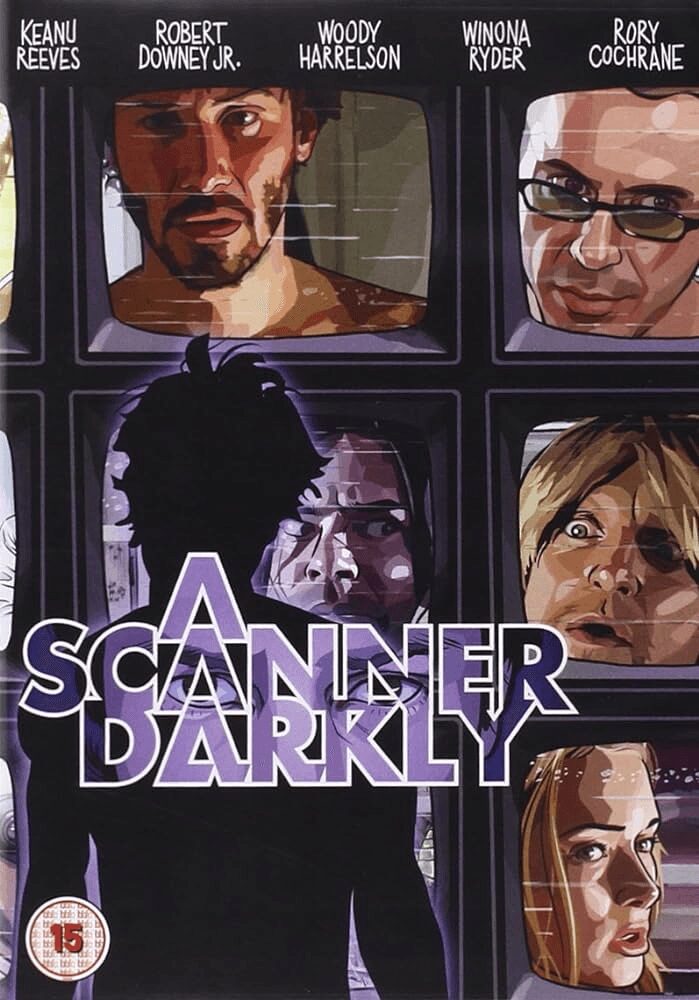
Image Credits
Apollo 10 1/2. Copyright Netflix.
A Scanner Darkly. Copyright Warner Independent Pictures


